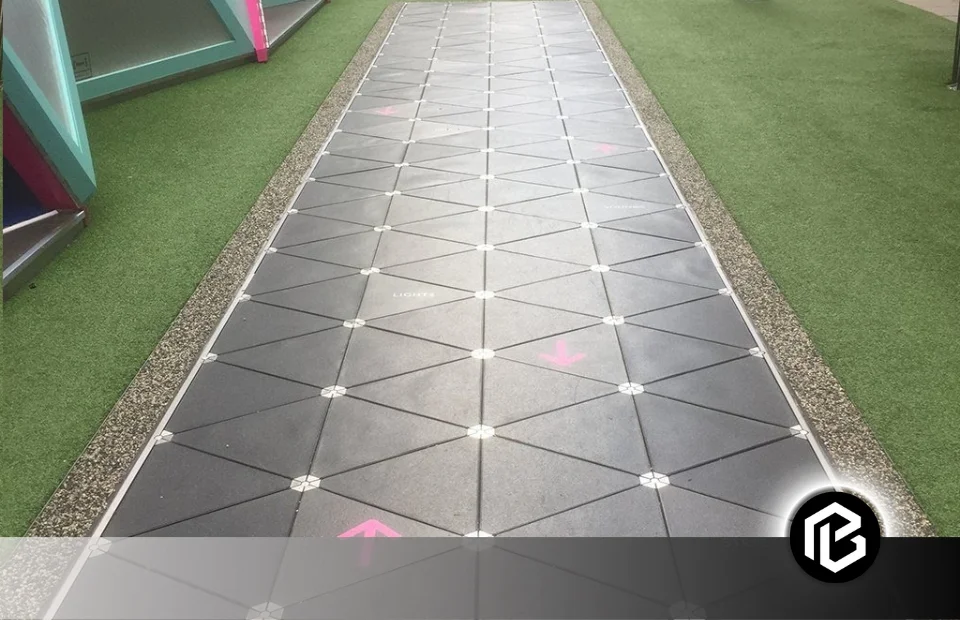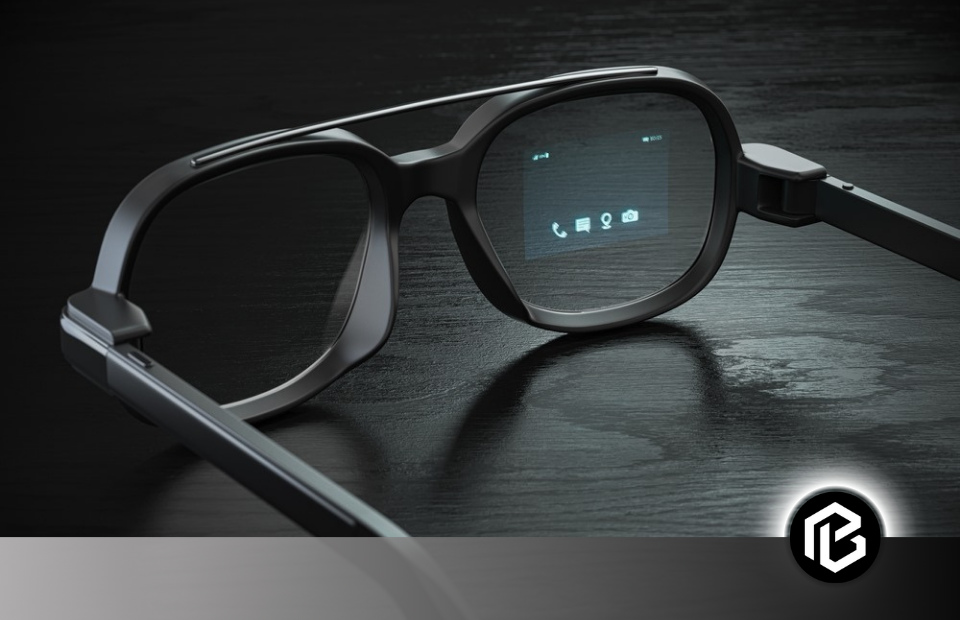Pavegen tiles are a type of floor tile that converts footsteps into electricity, data, and engagement points. In the past, traditional energy sources caused carbon emissions and with limited resources. There is a great need for innovation and advanced sustainable techniques and methods that are more beneficial for us.
There is no doubt, for a cleaner and greener future the role of innovative technologies cannot be denied. These technologies not only provide solutions to existing environmental problems but also provide us with a way for a more sustainable and resilient world.
What are Pavegen Tiles

Now, technological advancement is on another level. Among these innovative technologies, Pavegen Tiles stand out as a revolutionary approach to energy generation. These tiles utilize the power of movement, converting kinetic energy from footsteps into usable electricity. How amazing! Here we see the concept, design, applications, and impact of Pavegen Tiles on urban infrastructure and environmental sustainability.
The Concept Behind Pavegen

Kinetic Energy Conversion
The energy of motion! Kinetic energy is a resource to produce sustainable energy. Pavegen takes advantage of this resource, demonstrating the potential for kinetic energy conversion to power our cities and communities.
Movement is everywhere and common in urban environments, making it a readily available source of energy. Pavegen uses the roads of the city, transforming the footsteps of pedestrians into a sustainable power source. This great idea makes Pavegen unique and popular among people.
Pavegen’s Unique Approach
Pavegen’s technology has a unique flooring system embedded with tiles that flex under pressure, generating small amounts of electricity with each step. This innovative approach distinguishes Pavegen from conventional methods of energy generation.
Traditional energy sources, such as fossil fuels and nuclear power, Pavegen are decentralized and rely on human movement rather than finite resources. This distinction brings a great change in how we perceive and harness energy.
Pavegen Tile Structure and Functionality
The structure of Pavegen tiles is very simple and flexible. They look like normal tiles but the magic below these tiles blows your mind!
Composition of Pavegen Tiles
Pavegen Tiles are made from durable and sustainable materials. It ensures longevity and environmental compatibility. The choice of materials plays an essential role in making these tiles suitable for various applications. The design philosophy behind Pavegen Tiles emphasizes durability. With strong construction that can withstand the rigours of daily foot traffic. This ensures a sustainable and long-lasting solution for energy generation.
Mechanism of Energy Generation
The magic of Pavegen lies in its ability to convert pressure from footsteps into kinetic energy. The mechanical stress applied to the tiles starts a conversion process, leading to the generation of electricity. Understanding the internal mechanisms of Pavegen Tiles provides insights into how this technology efficiently captures and transforms kinetic energy. The engineering marvel behind these tiles is fundamental to their success.
Applications of Pavegen Technology

Urban Infrastructure
Pavegen tiles are used in smart city initiatives and represent a forward-thinking approach to urban planning. The technology aligns with the principles of sustainability, resilience, and efficiency. Which contributes to the development of smarter and more eco-friendly cities.
Pavegen Tiles find practical applications in sidewalks and pedestrian areas, turning urban spaces into energy-generating hubs. This integration not only provides a clean energy source but also enhances the pedestrian experience.
Sustainable Events
There are a lot of people in public gatherings or events. The versatility of Pavegen technology extends to public events, where large gatherings of people can contribute to significant energy generation. Implementing Pavegen at festivals, conferences, and other events showcases its adaptability and potential impact.
Major events like festivals and conferences can increase the power of Pavegen on a grand scale, promoting sustainability and tangibly engaging attendees.
Environmental Impact

Carbon Footprint Reduction
Pavegen tiles reduce carbon emissions because there is no fuel or other chemical reactions to produce electricity. This technology contributes to clean energy initiatives, providing an alternative to fossil fuels and traditional electricity sources.
Comparative Pavegen and traditional energy generation methods highlight the environmental benefits of kinetic energy conversion. Pavegen provides a sustainable and eco-friendly solution.
Pavegen’s Contribution to Green Spaces
The most amazing thing is that the installation of Pavegen Tiles in parks and recreational areas enhances green spaces by not only providing clean energy but also promoting physical activity. This dual impact contributes to healthier communities and a more sustainable urban environment.
Pavegen technology has become a fundamental component of eco-friendly urban landscapes, shaping the cities of the future. It is one of the best Green technology innovations.
Challenges
Maintenance and longevity of Pavegen Tiles are essential for widespread adoption. Solutions and best practices ensure the sustained functionality of the technology over time.
Cost considerations often emerge as a barrier to implementing innovative technologies. Pavegen tiles use high technology so, no doubt cost is needed to implement this on a large scale.
Future Prospects

Ongoing research as well as developmental efforts by Pavegen promise continuous improvements and advancements in the technology. These developments contribute to its efficiency, durability, and overall effectiveness.
Collaborations with others including governments, businesses, and research institutions, open new avenues for Pavegen’s application. Future projects hold the potential to push the boundaries of kinetic energy conversion and expand its reach.
Promoting public awareness and education about Pavegen technology is crucial for its acceptance and success. Initiatives that inform and engage the public play a vital role in shaping positive perceptions.
Conclusion
Pavegen Tiles has changed the future of the generating energy industry completely. Electricity has become a major need in this era with the rapid increase in population. Pavegen tiles generate electricity without using any fuel or resources which are used in past instead they use steps! it’s completely adorable. In future, Pavegen make a new way of innovation for other industries! Pavegen tiles reduce carbon emissions and provide us with a sustainable environment.
Frequently Asked Questions on Pavegen Tiles
How are Pavegen tiles different from traditional flooring materials?
Pavegen tiles differ from traditional flooring materials by incorporating renewable energy generation capabilities into pedestrian walkways, enabling them to capture and convert the kinetic energy from foot traffic into usable electricity.
What are the main applications of Pavegen tiles?
Pavegen tiles have diverse applications, including powering off-grid infrastructure, providing renewable energy for urban environments, enhancing sustainability in public spaces, promoting energy awareness, and engaging communities in sustainable practices.
How much energy can Pavegen tiles generate?
The amount of energy generated by Pavegen tiles depends on factors such as foot traffic volume, tile placement, and environmental conditions. However, each footstep can typically produce a small amount of electricity, which accumulates over time with consistent usage.
What are the environmental benefits of Pavegen tiles?
Pavegen tiles offer environmental benefits by harnessing clean, renewable energy from human movement, reducing reliance on fossil fuels, lowering carbon emissions, promoting energy efficiency, and raising awareness about sustainable living practices.
What is the future outlook for Pavegen technology?
The future outlook for Pavegen technology is promising, with ongoing research and development focused on improving efficiency, durability, and scalability, as well as exploring new applications and integration opportunities in smart cities, Internet of Things (IoT) systems, and sustainable infrastructure projects worldwide.





